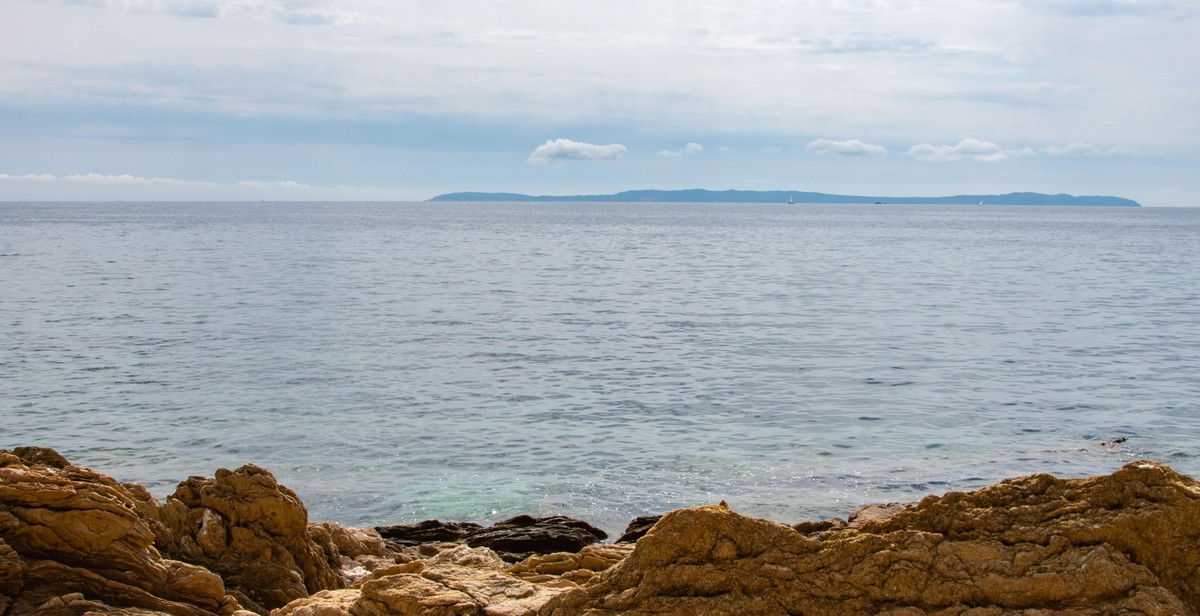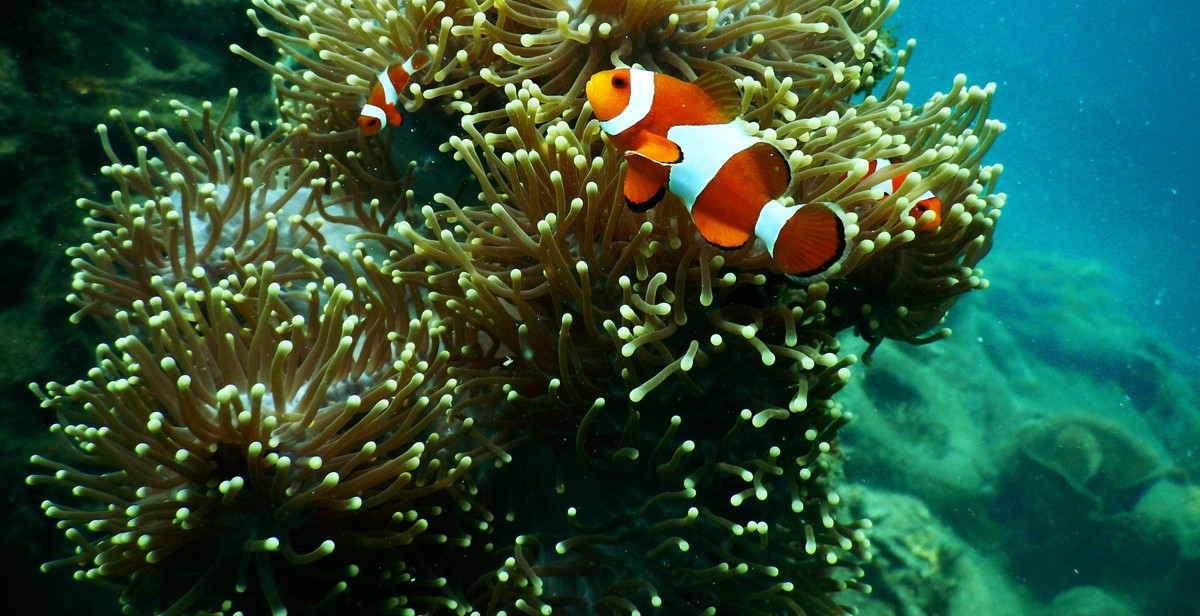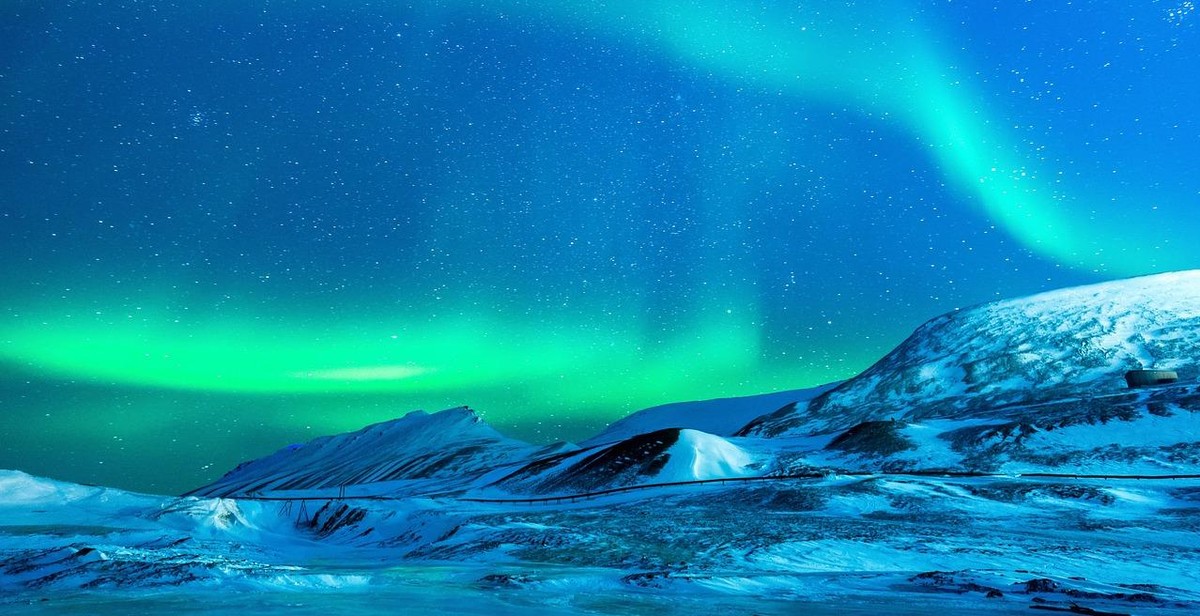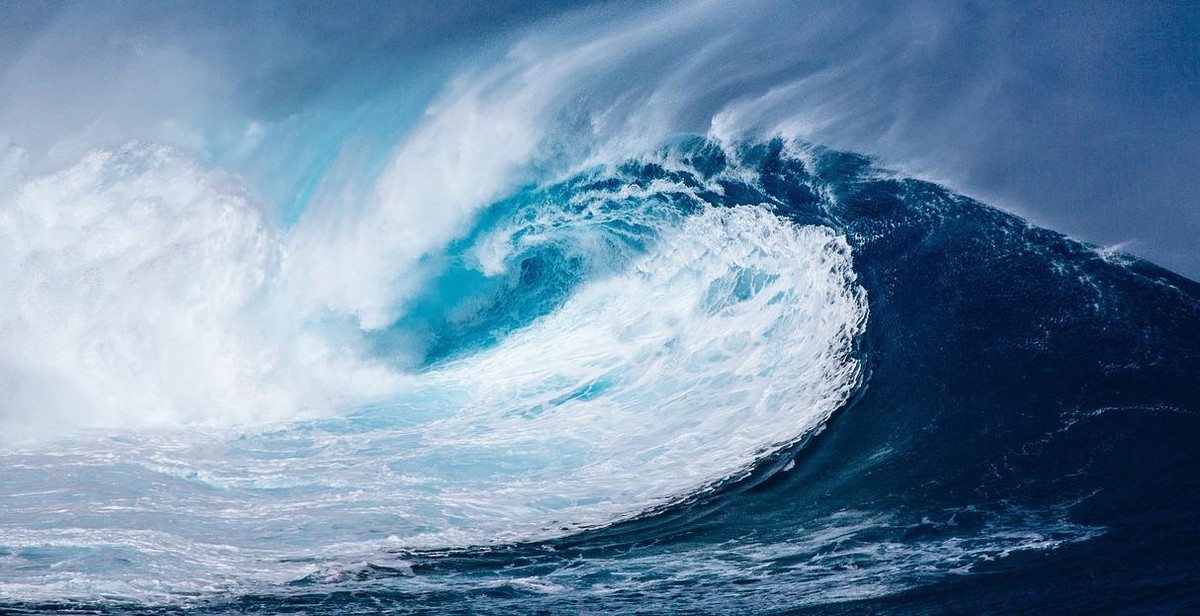Unusual Natural Phenomena Worth Traveling For
When it comes to traveling, experiencing unique and extraordinary natural phenomena can be truly awe-inspiring. From dazzling light displays in the sky to colorful underwater spectacles, our planet is home to countless breathtaking wonders that are worth exploring. Whether you are a nature enthusiast or simply seeking an unforgettable adventure, these unusual natural phenomena will leave you in awe and make your travel experiences truly unforgettable.
Northern Lights (Aurora Borealis)
One of the most sought-after natural phenomena, the Northern Lights, also known as the Aurora Borealis, is a captivating celestial display that occurs in the polar regions. This mesmerizing light show is caused by the collision of charged particles from the sun with the Earth’s atmosphere, resulting in shimmering curtains of green, pink, and purple lights dancing across the night sky.
Glowworm Caves in New Zealand
Deep within the Waitomo Caves in New Zealand lies a magical spectacle that attracts visitors from all around the world. The Glowworm Caves are home to thousands of tiny glowworms that emit a mesmerizing blue-green glow, creating a breathtaking starry effect on the cave ceiling. Exploring these caves by boat or foot is an enchanting experience that will transport you to a world straight out of a fairy tale.
Salar de Uyuni Salt Flats in Bolivia
The Salar de Uyuni in Bolivia is the world’s largest salt flat, spanning over 10,000 square kilometers. During the rainy season, a thin layer of water covers the flats, creating a mesmerizing mirror-like effect that perfectly reflects the sky above. This natural phenomenon transforms the landscape into a surreal and otherworldly sight, making it a photographer’s paradise.
Bioluminescent Beaches in the Maldives
The Maldives is famous for its pristine beaches and crystal-clear waters, but it is also home to a unique natural phenomenon – bioluminescent beaches. At night, the shores of certain islands in the Maldives light up with a mesmerizing blue glow caused by bioluminescent plankton. Walking along the beach feels like stepping into a fairytale as each step creates a trail of glowing blue light.
These are just a few examples of the extraordinary natural phenomena our planet has to offer. Exploring these wonders will not only leave you in awe but also remind you of the incredible beauty and diversity of our world.
Aurora Borealis
The Aurora Borealis, also known as the Northern Lights, is a mesmerizing natural phenomenon that occurs in the polar regions. It is a stunning display of vibrant colors dancing across the night sky, creating a breathtaking spectacle that is truly worth traveling for.
Best Places to See Aurora Borealis
If you want to witness the Aurora Borealis in all its glory, there are several destinations around the world that offer the perfect viewing opportunities. Some of the best places to see the Northern Lights include:
- Reykjavik, Iceland: With its dark winter nights and minimal light pollution, Iceland is a prime location for Aurora Borealis sightings.
- Yellowknife, Canada: Located in the Northwest Territories, Yellowknife offers clear skies and a high probability of witnessing the Northern Lights.
- Tromso, Norway: Situated in the Arctic Circle, Tromso is known for its frequent and vibrant Aurora Borealis displays.
Tips for Viewing Aurora Borealis
To maximize your chances of seeing the Aurora Borealis, consider the following tips:
- Choose the right time: The best time to see the Northern Lights is during the winter months when the nights are longer and darker.
- Check the weather: Clear skies are essential for optimal viewing, so keep an eye on the weather forecast before planning your trip.
- Escape light pollution: Find remote locations away from city lights to enhance your chances of witnessing the Northern Lights in all their glory.
- Be patient: Aurora Borealis sightings are not guaranteed, so be prepared to spend several nights in your chosen destination.

Bioluminescent Bay
Bioluminescent bays are natural wonders that offer a magical and surreal experience to those who visit them. These unique bodies of water are filled with bioluminescent organisms that emit a stunning blue-green glow, creating a mesmerizing spectacle.
What is Bioluminescence?
Bioluminescence is the emission of light by living organisms. In the case of bioluminescent bays, the light is produced by tiny microorganisms called dinoflagellates. These organisms possess the ability to produce light through a chemical reaction within their cells, resulting in the ethereal glow.
Best Places to Experience Bioluminescent Bays
If you’re looking to witness this incredible natural phenomenon, there are a few standout destinations around the world:
- Mosquito Bay, Vieques Island, Puerto Rico: Known as the brightest bioluminescent bay in the world, Mosquito Bay is a must-visit. The high concentration of dinoflagellates creates a breathtaking display of light.
- Luminous Lagoon, Falmouth, Jamaica: This bay offers a unique experience with its vibrant bioluminescence. Take a boat tour to witness the glow up close.
- Halong Bay, Vietnam: While not solely known for its bioluminescence, Halong Bay occasionally showcases this natural phenomenon, adding an extra touch of magic to its stunning landscapes.
Tips for Visiting Bioluminescent Bays
To make the most out of your visit to a bioluminescent bay, consider the following tips:
- Choose the right time: Bioluminescence is best observed on moonless nights, so plan your visit accordingly.
- Minimize disturbances: Avoid using flashlights or disturbing the water to preserve the delicate ecosystem.
- Take a guided tour: Local guides are knowledgeable about the bays and can provide valuable insights, ensuring a memorable experience.

Salar de Uyuni
Salar de Uyuni, located in southwest Bolivia, is the world’s largest salt flat and a breathtaking natural wonder. Spanning over 10,000 square kilometers, this mesmerizing landscape is a must-visit destination for nature enthusiasts and photographers alike.
Highlights of Salar de Uyuni
The ethereal beauty of Salar de Uyuni is unrivaled, offering visitors a surreal experience like no other. The vast expanse of white salt crystals creates a mirror-like effect during the rainy season, reflecting the sky and creating stunning optical illusions. This phenomenon makes for incredible photographs that appear as if taken in a dreamlike world.
Another highlight of Salar de Uyuni is Isla Incahuasi, an island covered in giant cacti that rise above the salt flats. Exploring this unique ecosystem and witnessing the panoramic views from the island’s summit is a memorable experience.
Tips for Exploring Salar de Uyuni
When visiting Salar de Uyuni, it is essential to come prepared. The high altitude and extreme weather conditions can be challenging, so it’s advisable to acclimatize and bring appropriate clothing and sunscreen.
Booking a tour with a reputable guide is highly recommended to navigate the vast salt flats safely and make the most of your visit. These guides have extensive knowledge of the area and can take you to hidden gems and photogenic spots.
Lastly, don’t forget to bring your camera and capture the magic of Salar de Uyuni. The surreal landscapes and unique optical illusions make for unforgettable photographs.

The Great Barrier Reef
The Great Barrier Reef is a UNESCO World Heritage site and one of the most extraordinary natural wonders on the planet. Located off the coast of Queensland, Australia, it stretches over 2,300 kilometers and is the largest coral reef system in the world. It is home to an incredible diversity of marine life, including over 1,500 species of fish, 400 types of coral, and numerous other marine creatures.
Top Activities at the Great Barrier Reef
1. Snorkeling: Explore the vibrant underwater world by snorkeling in the crystal-clear waters. Get up close to colorful coral formations and swim alongside an array of tropical fish.
2. Scuba Diving: Dive deeper into the reef’s depths to discover hidden caves, swim with majestic manta rays, and encounter mesmerizing sea turtles. There are diving options suitable for both beginners and experienced divers.
3. Sailing: Embark on a sailing adventure to explore different parts of the reef. Enjoy the serenity of the open sea while soaking up the breathtaking views and spotting marine life along the way.
Tips for Visiting the Great Barrier Reef
– Choose a reputable tour operator that prioritizes sustainable practices to ensure the long-term preservation of the reef.
– Apply reef-safe sunscreen to protect the delicate ecosystem from harmful chemicals.
– Respect the marine life and refrain from touching or damaging the corals.
– Take a guided tour or hire a knowledgeable local guide to gain insights into the reef’s ecology and conservation efforts.
Visiting the Great Barrier Reef is a once-in-a-lifetime experience, offering unparalleled beauty and a chance to witness the wonders of the underwater world. Plan your trip carefully and make the most of this incredible natural phenomenon.

The Northern Lights
The Northern Lights, also known as Aurora Borealis, are a mesmerizing natural phenomenon that occurs in the polar regions of the Earth. It is a dazzling display of colorful lights dancing across the night sky, creating a breathtaking spectacle.
Best Places to See the Northern Lights
The Northern Lights can be witnessed in several locations around the world, but some places offer a particularly spectacular experience:
- Reykjavik, Iceland: With its dark winter nights and minimal light pollution, Iceland is one of the best places to witness the Northern Lights.
- Tromsø, Norway: Located in the Arctic Circle, Tromsø offers incredible opportunities to see the lights, and visitors can even enjoy activities like dog sledding and snowmobiling.
- Yellowknife, Canada: This remote Canadian city is known for its clear skies, making it an ideal spot for Northern Lights viewing.
Tips for Viewing the Northern Lights
To enhance your chances of witnessing this natural phenomenon, here are some tips:
- Choose the right season: The best time to see the Northern Lights is during the winter months when the nights are longer and darker.
- Find a dark location: Avoid areas with excessive light pollution and head to remote locations away from city lights.
- Check the weather forecast: Clear skies are essential for optimal viewing, so keep an eye on the weather conditions before planning your trip.
- Be patient: The Northern Lights can be elusive, so be prepared to spend several nights in your chosen location to increase your chances of witnessing this incredible phenomenon.

The Wave
The Wave is a mesmerizing natural wonder located in the Coyote Buttes North area of the Paria Canyon-Vermilion Cliffs Wilderness in Arizona and Utah. This unique rock formation is renowned for its stunning wave-like patterns, created by centuries of wind and water erosion on the Navajo sandstone.
Hiking The Wave
Hiking The Wave is a once-in-a-lifetime adventure that attracts outdoor enthusiasts and nature lovers from around the world. Access to this geological gem is limited to protect its fragile beauty, and only a limited number of permits are issued each day. Therefore, it’s crucial to plan your visit well in advance.
The hike to The Wave is moderate in difficulty, covering approximately 6 miles round trip. The trail is not marked, so it’s essential to have a good understanding of the route before setting off. The mesmerizing landscapes along the way make the journey as captivating as the destination itself.
Tips for Visiting The Wave
- Apply for permits: Check the Bureau of Land Management website for permit availability and apply early, as they get booked quickly.
- Prepare for the hike: Carry plenty of water, snacks, and sun protection. The trail can be strenuous, so wear comfortable hiking shoes.
- Navigate with caution: Familiarize yourself with maps, GPS coordinates, or hire a guide to ensure you find your way to The Wave.
- Respect the environment: The fragile nature of The Wave demands utmost care. Stay on designated paths and avoid touching or climbing the delicate sandstone formations.
- Bring a camera: The Wave offers incredible photo opportunities, so don’t forget to capture the awe-inspiring beauty.
Conclusion
In conclusion, exploring unusual natural phenomena can be an extraordinary and enriching experience. From witnessing the awe-inspiring beauty of the Northern Lights in Iceland to marveling at the vibrant colors of the Great Barrier Reef in Australia, these natural wonders offer a unique opportunity to connect with the world around us.
By traveling to these destinations, not only do we get to witness these extraordinary phenomena firsthand, but we also gain a deeper appreciation for the incredible diversity and power of nature. Whether it’s the mesmerizing glow of bioluminescent beaches or the breathtaking sight of a solar eclipse, these experiences remind us of the wonders that exist beyond our everyday lives.
Moreover, exploring unusual natural phenomena can also be a way to contribute to their preservation. By visiting these sites, we can support conservation efforts and raise awareness about the importance of protecting these fragile ecosystems. It is our responsibility to ensure that future generations can also have the opportunity to witness and appreciate these incredible natural wonders.
So, if you’re seeking a truly extraordinary travel experience, consider venturing to one of these destinations and immersing yourself in the magic of unusual natural phenomena. Whether you’re a nature enthusiast, a photographer, or simply someone who appreciates the beauty of the world, these extraordinary sights are sure to leave an indelible mark on your heart and soul.
Remember, the world is full of wonders waiting to be discovered – all you have to do is embark on the journey.
